The unique Shachiso coffee bean brewing flavor in Sidamo, Ethiopia
Professional coffee knowledge exchange more coffee bean information please follow the coffee workshop (Wechat official account cafe_style)
When it comes to the producing areas of Sidamo, Ethiopia, I believe many people are no stranger to Guji. The Huakui coffee beans produced by Humbela in Guji are well known. After winning the Ethiopian coffee competition from the Humberabuku processing plant in 2017, although the Sakuran in the following season is not as stunning as the Sakuran of 17 years, but it has not diminished people's love for Sakui. Guji in addition to the familiar Hambella, there is also a micro-production area called Shaquiso is also unique. Although Xia Qiesuo is in the Guji producing area through the cup test in Qianjie, it is found that the coffee flavor of this producing area is different from that of Guji.
Guji producing area
Guji
The Guji producing area, which once belonged to the Sidamo producing area, has been independent into a new producing area by the Ethiopian Commodity Exchange (ECX) in 2010. The Guji producing area, located in the southeast of Yejasuffi, is an area with complex topographical changes such as towering mountains, valleys and plains.
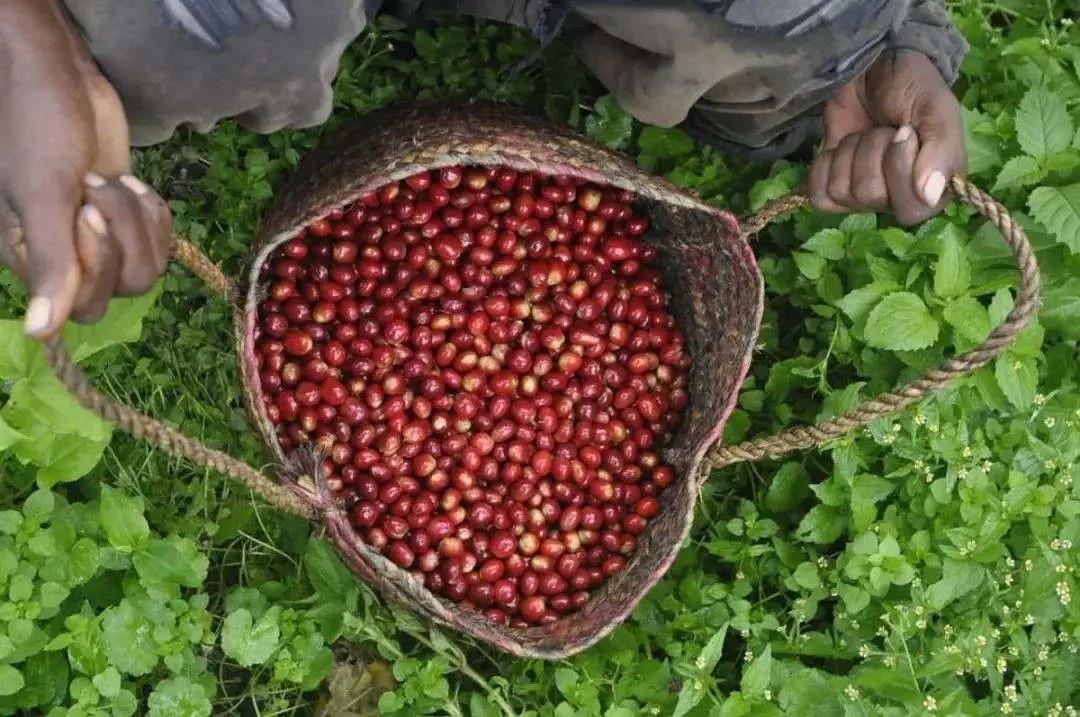
The geology of this area belongs to the nutrient-rich black soil (Vertisol), the depth of the soil is nearly two meters, and the average elevation is more than 1800 meters. The significant temperature difference between day and night created by geographical characteristics makes the local area have various local conditions for producing high-quality coffee.
Shaqisuo micro-production area
Shakisso
Shakisso/Shakiso is located in the Guji producing area of Sidamo, in the south of Oromia, close to Sidama and Gedeo. There are many pits in this area, which were used to mine gold in the early days, so there are many potholes in this coffee growing area. This makes people dangerous when walking between coffee growing areas.
Shakiso is a unique producing area of Guji / Cedamori, even in West Dharma, which is a remote area away from most coffee producing areas, and another famous local product is gold. Miners, land, ethnicity and other factors also destabilized the region in 2006. As a result, the biggest problem facing the region now is that ─ needs manpower to maintain the growing area and harvest coffee.
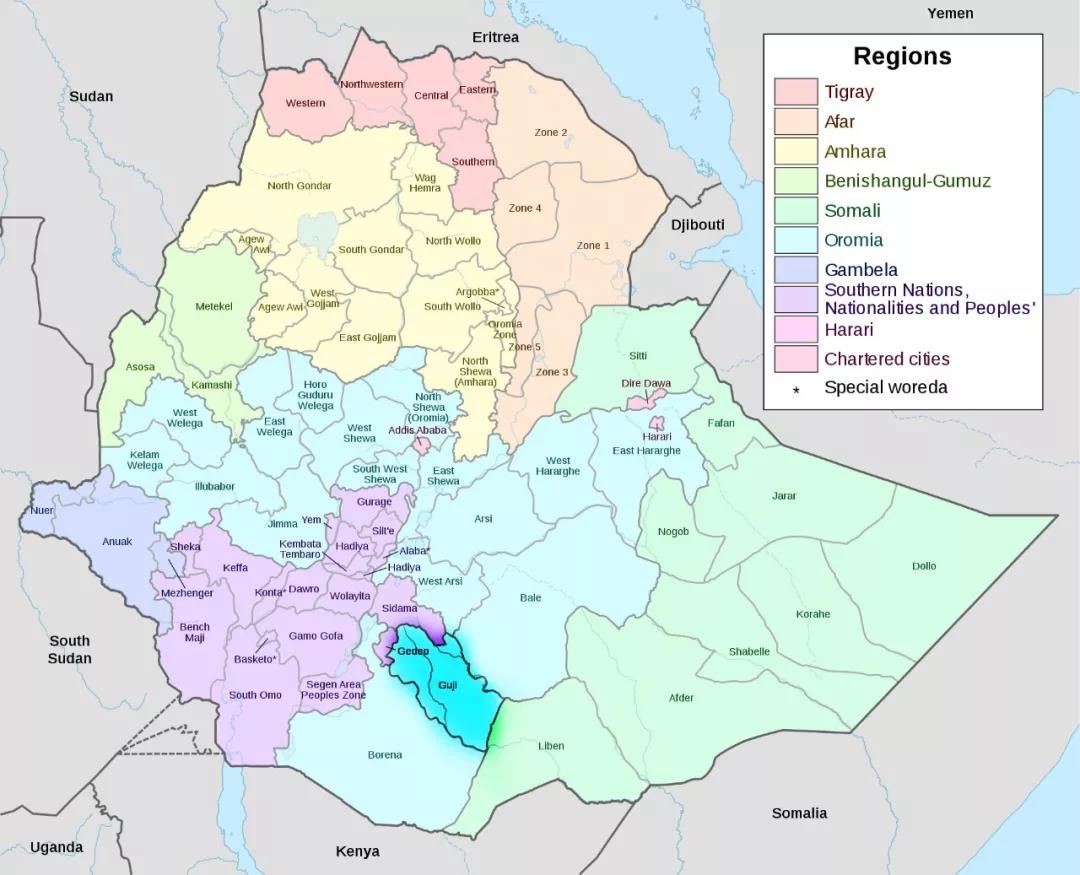
Local small farmers began to grow organic coffee in 2001 and work closely with medium-sized coffee producers because they are familiar with how to grow forest coffee in the highlands, which is one of the micro-producing areas with very regional characteristics in the Sidamo region. The coffee in this region is quite unique, and the coffee produced has often attracted the attention of the market.
Through the cup test in Qianjie, it is found that the coffee produced in this area has bright acidity of lemon and citrus, white grape juice, blackcurrant and Earl tea at the end. Compared with the sweetness and mellow thickness of Gucci coffee beans, the flavor of Shaquiso coffee is much more lively and rich. Of course, this is also related to the treatment of the problem. Most coffee beans in Guji area are treated by sun treatment. Qianjie believes that sun-treated coffee beans have obvious sweetness, soft acidity and more berry tonality in flavor, while the flavor of water-washed coffee beans is cleaner and the acidity will be brighter. Shaquiso coffee beans from the front street are treated with water.
Washing treatment method
Washed
The water washing method can remove impurities (stone or garbage, etc.) and defective beans through each step, so the appearance of raw beans is uniform, is generally considered to be of high quality, and the trading price is higher than that of coffee beans refined by natural drying. However, the more detailed the division of labor, the more procedures for operation and hygiene management, and the higher the risk, so washing is not necessarily equal to high quality.
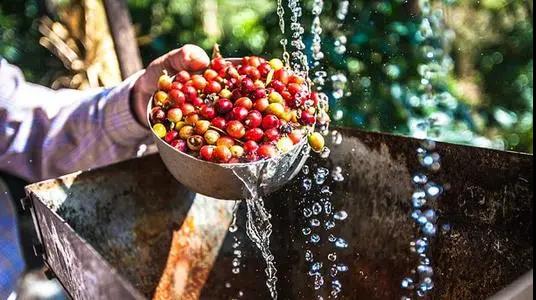
Put the screened coffee berries into a peeling machine to initially remove their skin and pulp; put raw coffee beans with residual pectin in water and let them ferment for about 18-36 hours; after fermentation, wash the raw coffee beans with parchment in a flow tank to remove their pulp and pectin; dry the coffee beans after cleaning or dry them with the help of a dryer to reduce the moisture content to about 12%. Finally, remove the parchment of raw coffee beans.
Coffee bean variety
Heirloom
Qianjie Coffee is a native variety of Heirloom. Nearly 2000 coffee varieties have been recorded in Ethiopia, including 1927 native varieties and 128 imported varieties. So in terms of appearance, Esther's coffee variety is the Grand View Garden, which has everything, long, short, thin and fat.
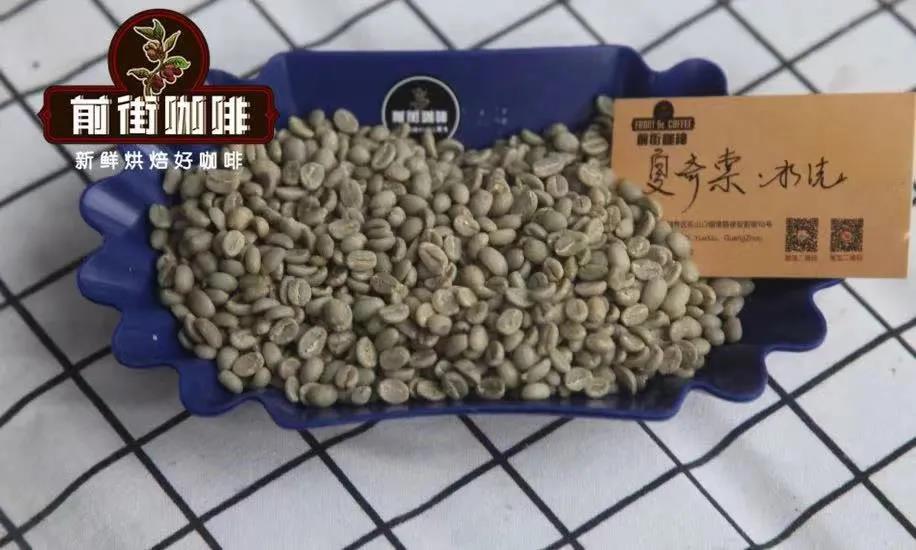
That is because there are so many varieties in Ethiopia, just like the natural gene bank in Arabica. On the one hand, there are many varieties, and it is difficult to identify and classify them. On the other hand, the Ethiopian government is unwilling to disclose the information of these varieties for the sake of protection, so it is collectively called the original species of Heirloom.
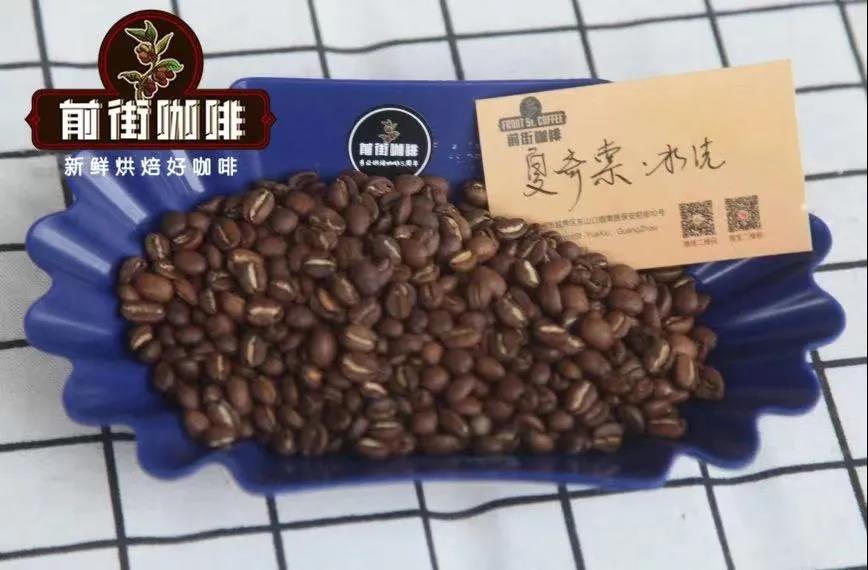
Producing area: Sidamo Gugi Shakiso
Altitude: 1950-2300m
Treatment: washing
Grade: G1
Variety: native species
Experience of coffee baking in Qianjie
In order to highlight the rich and lively coffee acidity of this bean, the Qianjie roaster decided to roast the bean at a medium-shallow level.
Yangjia 800N, the amount of beans 300g: furnace temperature to 170C ℃ into the pot, throttle 3, firepower of 100.2; tempering point 1 temperature 39 ℃, the firepower is unchanged, the air door opens to 3.5; at this time the bean table turns yellow, the smell of grass disappears completely, enters the dehydration stage, drops to 70 at 180℃, and the throttle opens to 4.
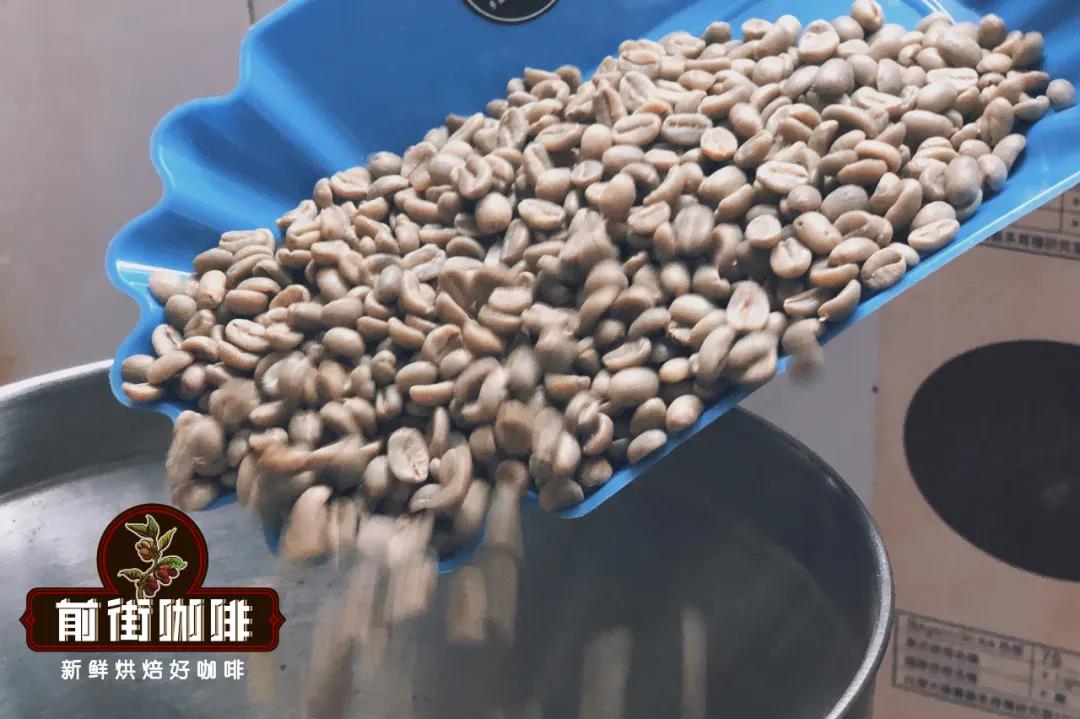
The smell of toasted bread has obviously changed to the smell of coffee, which can be defined as a prelude to an explosion. At this time, it is necessary to listen clearly to the sound of the explosion point, to the sound of the explosion point, adjust the firepower to 50, adjust the throttle to 5 (the firepower should be very careful and not be so small as to be free of bursting sound), and develop 1 hour after the explosion.
Coffee cup test report on Qianjie
Qianjie Coffee will be tested within 8-24 hours after the sample beans are roasted. Baristas in front of the street generally use ceramic bowls with a capacity of 200ml, which will be marked with 150ml and 200ml marks. According to SCAA standards, the TDS of water is about 150ppm, TDs is too low will easily cause excessive extraction, too high will affect the taste and easy to lack of extraction, the water temperature used in the cup test is 94 °. The pass rate of 20 # standard screen (0.85 mm) controlled by grinding degree is 70% Mel 75%. Ratio: 11 grams of coffee powder and 200 milliliters of hot water, that is, 1VR 18.18, so that the concentration of the extract is exactly within the range of 1.15% Murray 1.35% gold cup, and the soaking time is 4 minutes.
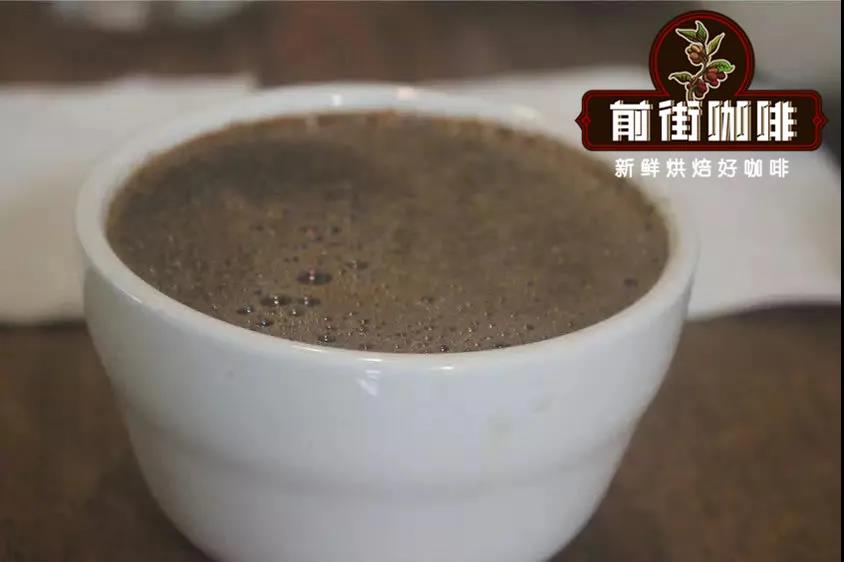
Dry fragrance: flower scent, lemon
Shixiang: oranges
Flavor: lemon, jasmine, vanilla, honey, orange, sugar
Experience of brewing coffee in Qianjie
Filter cup: V60 # 01
Water temperature: 90-91 degrees
Powder content: 15g
Ratio of powder to water: 1:15
Degree of grinding: medium fine grinding / fine sugar size (20 sieve bowl sieve powder to 80%)
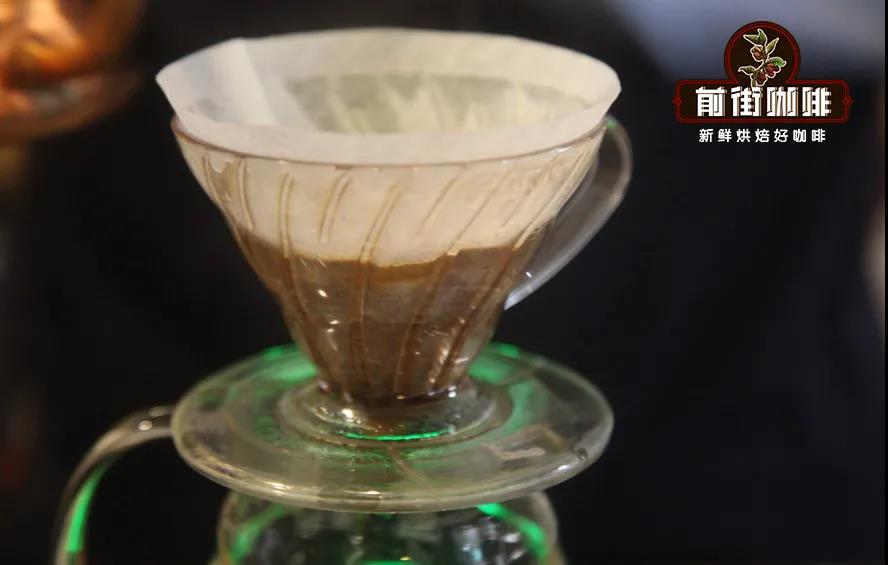
The front street cooking technique: first wet the filter paper and preheat the filter cup and the coffee pot. Steam with 30 grams of water for 30 seconds, small flow circle injection to 125 grams, continue to inject water to 225 grams when the water level is about to be exposed, remove the filter cup when the water level is about to expose the powder bed, (steaming starts timing) the extraction time is 2: 05 ".
Brewing flavor: the taste of lemon is obvious, the temperature is slightly lower, there are jasmine, cream, sucrose, nuts, the tail rhyme has the tea feeling of oolong tea, sweet and lasting.
For more boutique coffee beans, please add private Qianjie coffee on Wechat. WeChat account: kaixinguoguo0925
Important Notice :
前街咖啡 FrontStreet Coffee has moved to new addredd:
FrontStreet Coffee Address: 315,Donghua East Road,GuangZhou
Tel:020 38364473
- Prev
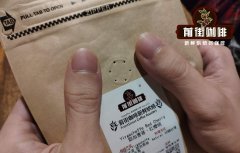
How can coffee beans be preserved to reduce the rate of flavor loss? How do coffee bags preserve aroma?
Roasting coffee to show its strong aroma takes time, energy and a lot of trial and error. However, after arriving at the destination, no matter how long it takes, you need to make sure that consumers can enjoy it at home or in a cafe. Packaging plays a role here. By using the right materials and functions, you can keep the aroma of coffee long enough for consumption.
- Next
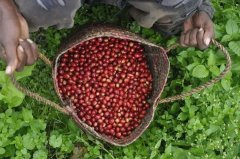
The unique Shachiso coffee bean brewing flavor in Sidamo, Ethiopia
Professional coffee knowledge exchange more coffee bean information Please follow the coffee workshop (Wechat official account cafe_style) mentioned the producing area of Sidamo, Ethiopia, I believe many people are no stranger to Guji. The Huakui coffee beans produced by Humbela in Guji are well known, winning the Ethiopian coffee competition from the Huakui coffee beans from the Humberabuku processing plant in 2017.
Related
- Beginners will see the "Coffee pull flower" guide!
- What is the difference between ice blog purified milk and ordinary milk coffee?
- Why is the Philippines the largest producer of crops in Liberia?
- For coffee extraction, should the fine powder be retained?
- How does extracted espresso fill pressed powder? How much strength does it take to press the powder?
- How to make jasmine cold extract coffee? Is the jasmine + latte good?
- Will this little toy really make the coffee taste better? How does Lily Drip affect coffee extraction?
- Will the action of slapping the filter cup also affect coffee extraction?
- What's the difference between powder-to-water ratio and powder-to-liquid ratio?
- What is the Ethiopian local species? What does it have to do with Heirloom native species?

